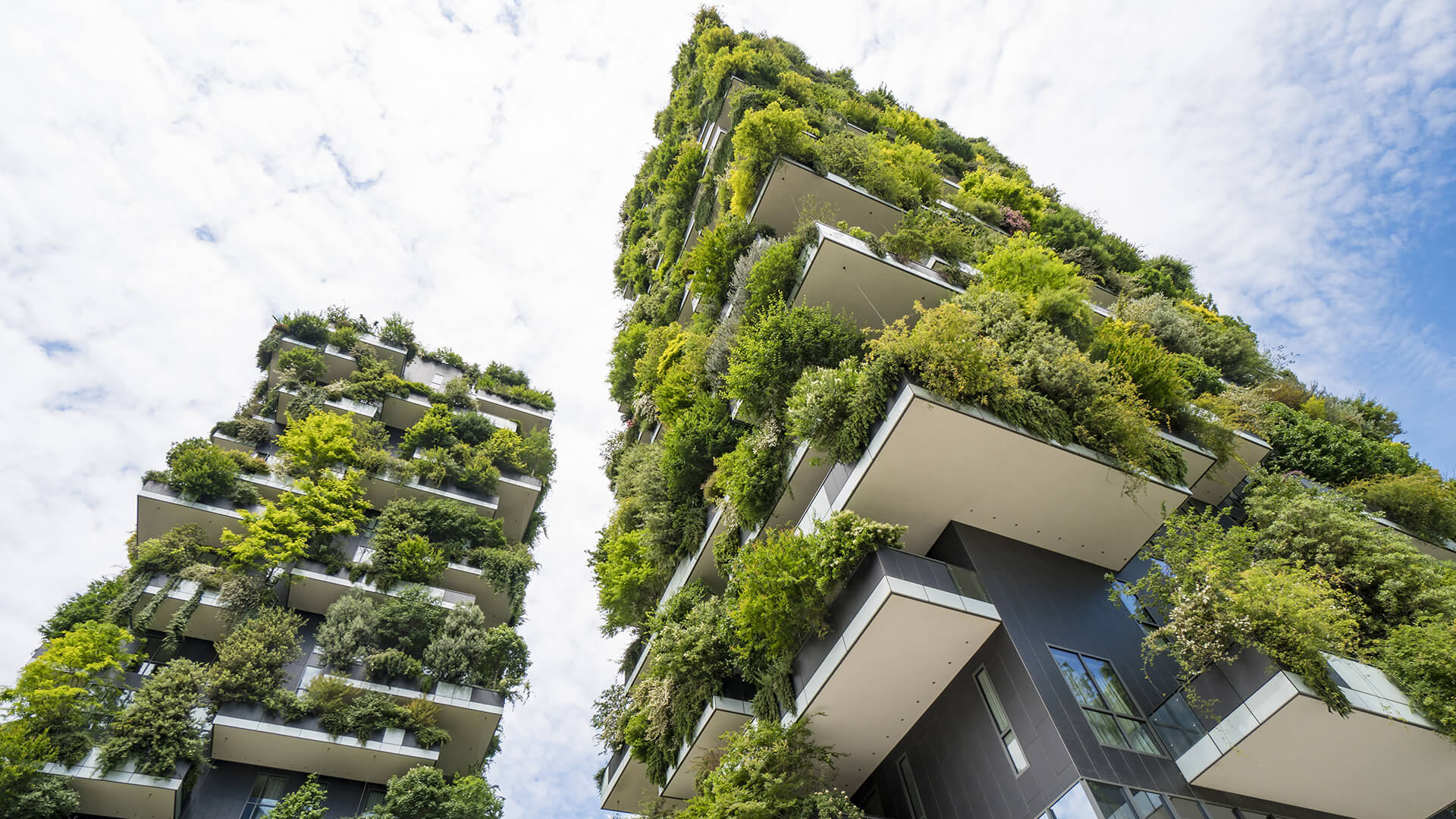The Importance of Sustainable Building Practices
As we strive towards a greener future, it is crucial to adopt sustainable building practices. These practices promote environmentally friendly construction methods and materials, reduce waste and emissions, and improve energy efficiency. By implementing sustainable building standards, we can minimize our carbon footprint and contribute to the preservation of our planet.
Energy Efficiency and Renewable Energy
One key aspect of sustainable building practices is ensuring energy efficiency. Buildings account for a significant portion of global energy consumption. By incorporating energy-efficient designs, insulation, and appliances, we can reduce the amount of energy needed to power our buildings. Additionally, integrating renewable energy sources such as solar panels or wind turbines can further decrease our reliance on fossil fuels and promote cleaner energy alternatives.
Waste Reduction and Recycling
Sustainable building practices also emphasize waste reduction and recycling. Construction and demolition waste contribute to a significant portion of landfill waste. By implementing proper waste management strategies, such as recycling construction materials and utilizing recycled products, we can minimize the environmental impact of building projects. Additionally, by incorporating design principles that allow for easy disassembly and material reuse, we can further reduce waste generation.
Water Conservation
Water scarcity is a growing concern globally, making water conservation a vital aspect of sustainable building practices. By implementing water-efficient fixtures, such as low-flow toilets and faucets, and utilizing rainwater harvesting systems for irrigation, we can significantly reduce water consumption. Additionally, implementing green landscaping techniques, such as using native plants that require less water, can further contribute to water conservation efforts.
Indoor Air Quality
Ensuring good indoor air quality is essential for the health and well-being of building occupants. Sustainable building practices prioritize the use of low-toxicity materials, proper ventilation systems, and natural lighting to create a healthy indoor environment. This can significantly reduce the risk of respiratory issues and improve overall occupant comfort and productivity.
Conclusion
Incorporating sustainable building practices is crucial for a greener and more sustainable future. From energy efficiency and waste reduction to water conservation and indoor air quality, these practices offer numerous benefits for both the environment and building occupants. By adopting sustainable building standards, we can create a more sustainable and resilient built environment while preserving our planet for future generations.
